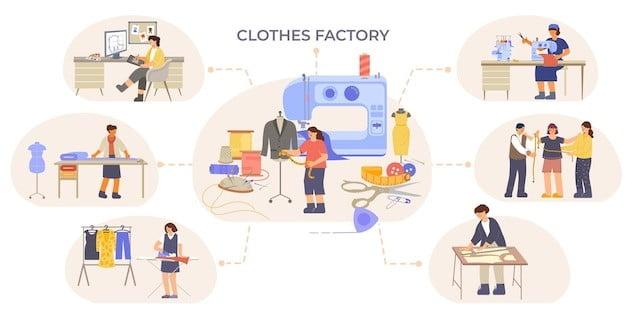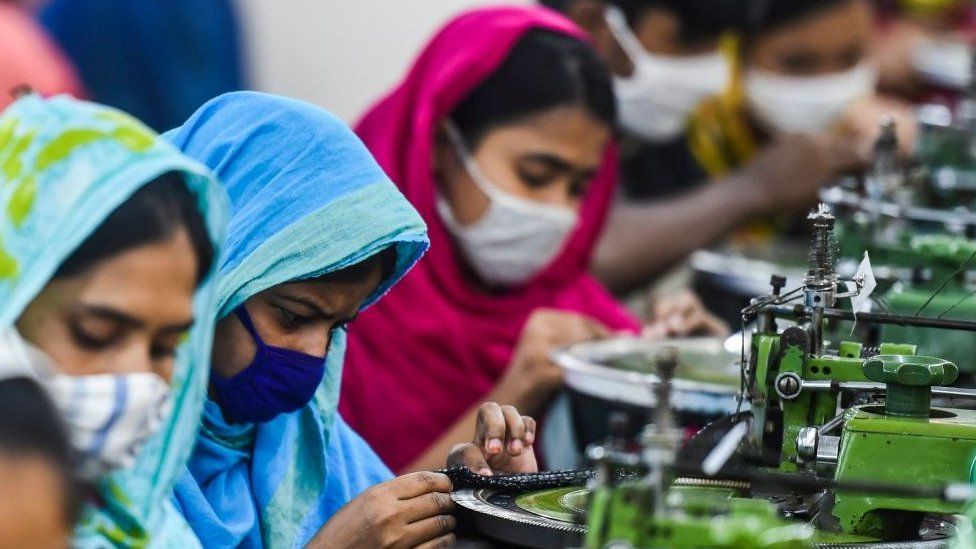Machine Embroidery | Embroidery is, above all, the art of enhancing fabric with needlework, utilizing various threads and colors. Additionally, it incorporates pearls, quills, sequins, and beads. Furthermore, the basic stitches include buttonholes, chain stitch, and cross stitch in traditional embroidery. In contrast, advanced embroidery introduces new machines that enable free-hand embroidery. These machines find application in the textile industry, where they facilitate dressmaking, sheet embroidery, home furnishing, and quilting, among other uses.
However, there is another growing use of custom embroidery is ‘Patches’. Patches help cloths and garment identity. Use of personalized logo on clothing has spread out custom patches swiftly. While you have many types of different patches that fit for different uses. Masters custom patches do it; they are one of the best online patch creator for all kinds of machine embroidery patches. Before we dig in deep for principle and techniques, let’s get a quick review on journey of traditional embroidery first.
Traditional Structure of Embroidery
Traditional embroidery involves handcrafting. Firstly, the fabric is stretched on a wooden or plastic hoop. Secondly, the sewer selects the hoop size and needle based on various factors. Additionally, the handcrafted embroidery piece reflects the sewer’s experience and artistry. Not only does each person add a personal touch, but it also enhances its charm and attraction.
Famous Hand Embroidery
- Kashida (Kashmir)
- Chikankari
- Kantha (Bengal)
- Phulkari (Punjab)
- Zari
- Kasuti
Machine Embroidery
Machine embroidery is accomplished by special automatic machines. Additionally, these machines work according to the installed program. The machine follows the program, producing many identical embroidery pieces. All in all, machine embroidery is predominantly used in the industry to create bulk quantities of embroidery pieces.
What Are The Principles Of Machine Embroidery?
There are five basic principles of machine embroidery.
- Conversion of artwork into a special software compatible with embroidery machines.
- Soft copy transfer in the CPU OF The computerized embroidery machine.
- Specify the machine according to the needle selection and allocation per the design color portion.
- Fix the fabric at a specific place with proper stretching.
- Execute the garments embroidery process.
The Stages of Machine Embroidery
There are two fundamental stages of machine embroidery.
The Embroidery Designing Stage
In this stage, the program and the component of the machine are created according to the type of design.
The Technical Stage
In the technical stage, embroidery is done by the machine on the fabric.
Conclusion
The only difference between traditional and machine embroidery is that, traditionally, it’s handmade with various colors, thread, and sentiments. In contrast, machine embroidery is done by the machine, producing identical pieces through advanced processes handled by a professional digitizer. Accordingly, the importance of handmade embroidery is still valued.
Check out these related articles:










